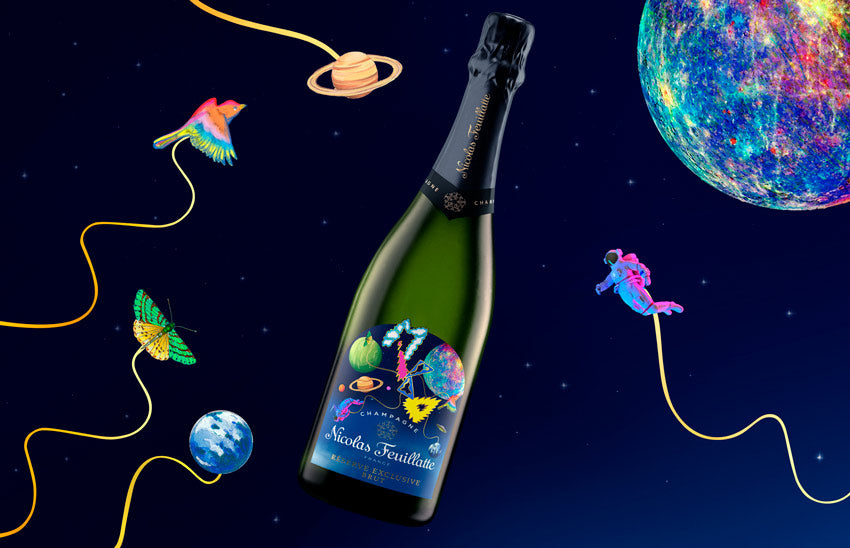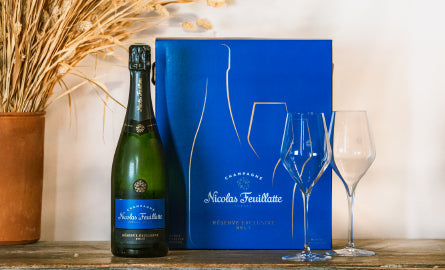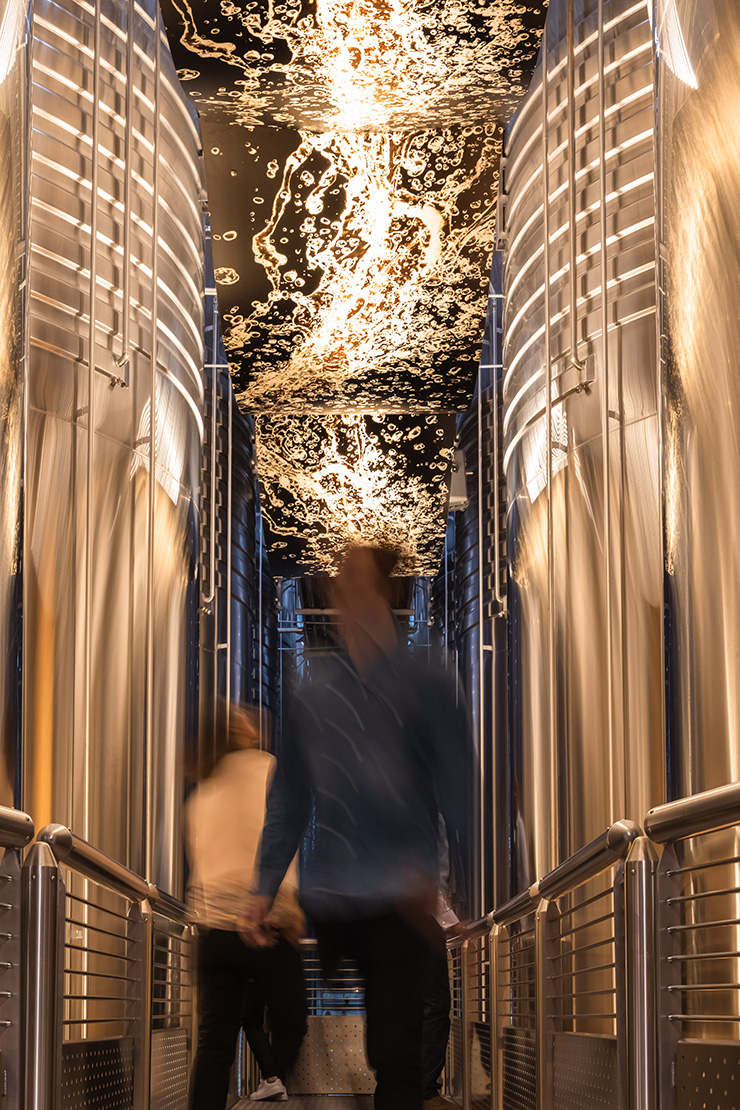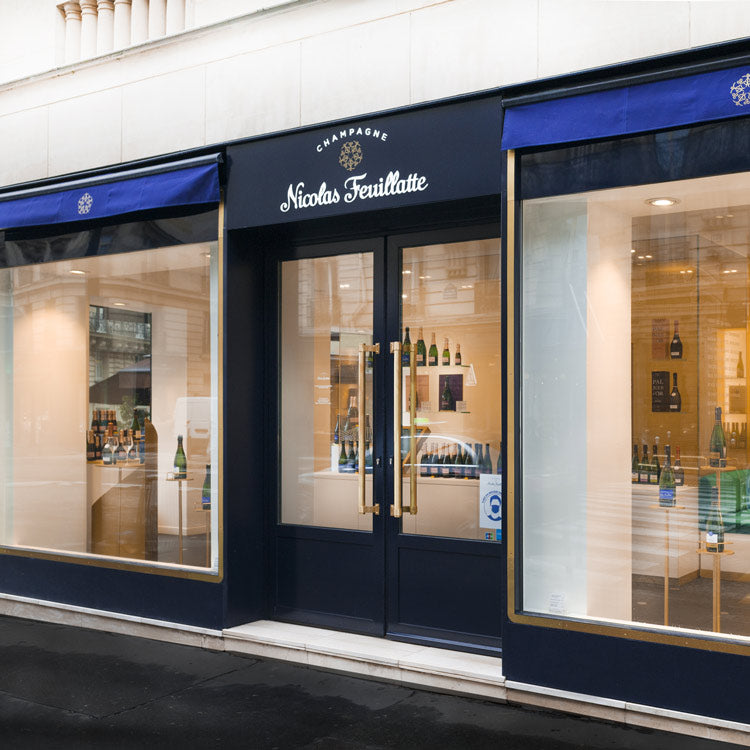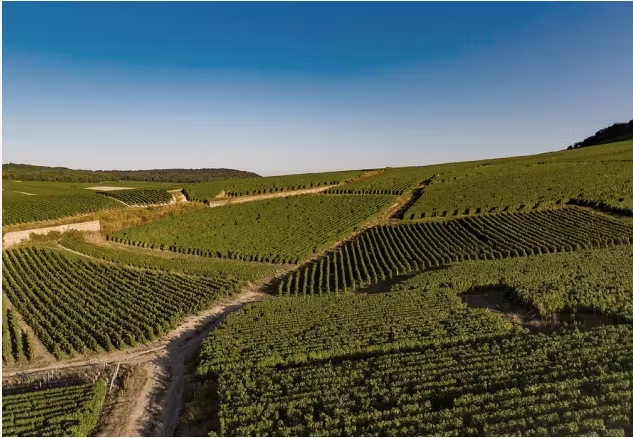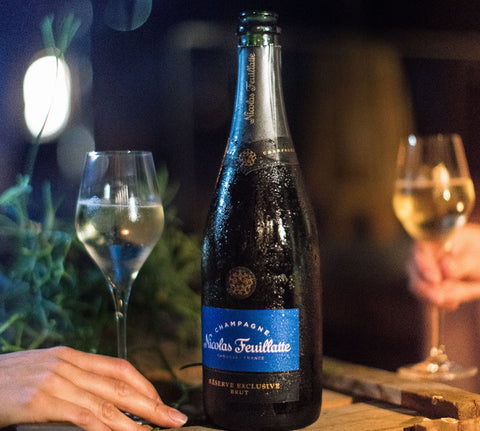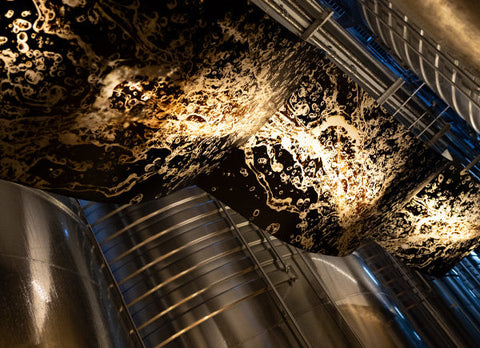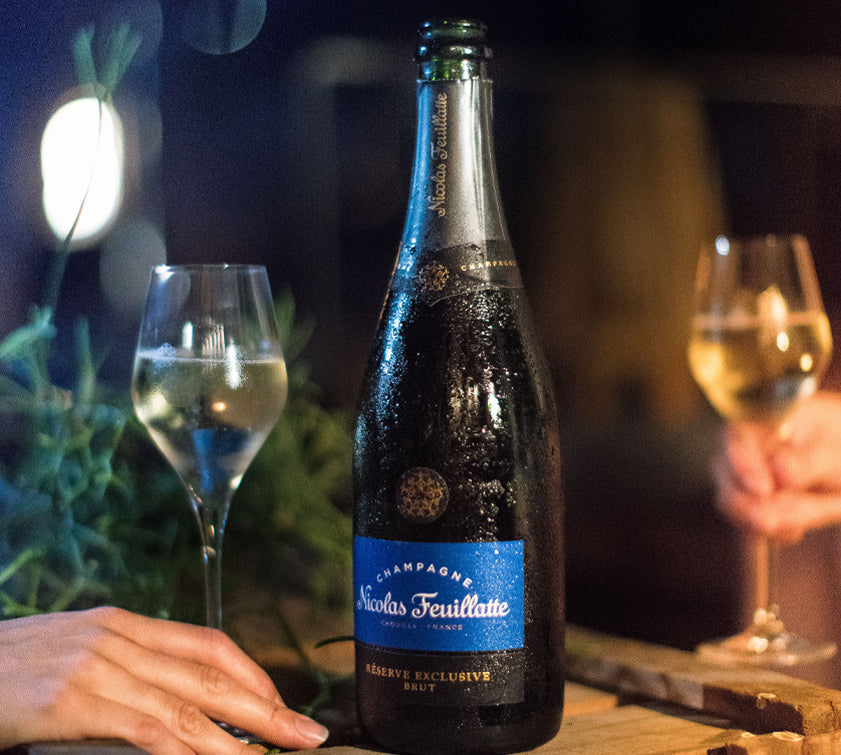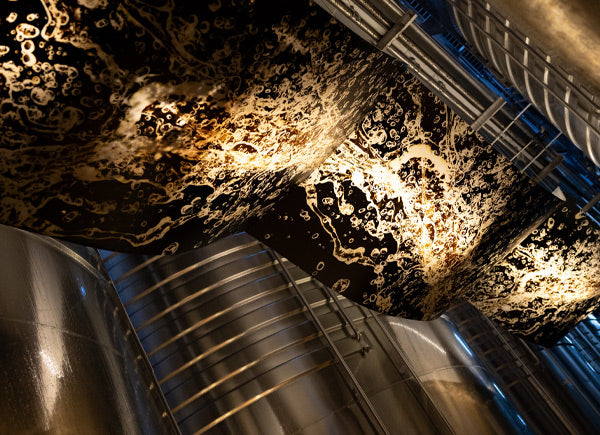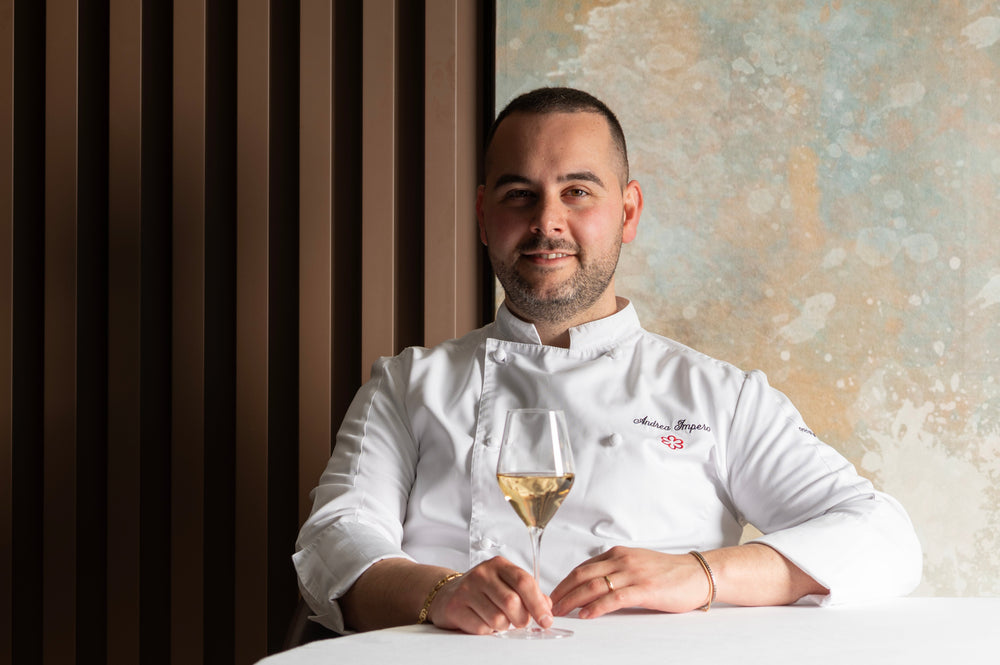Why is the champagne cork designed this way? How can it be recycled?
Around the champagne cork
Ah, champagne! The symbol of unforgettable festive moments! A whole art of living, in short, pressurized in a curved bottle with an inimitable shape. More than just the famous sparkling wine, today let's talk about another part of the famous bottle: the champagne cork. Many questions frequently arise among enthusiasts about this cork part. Nicolas Feuillatte provides some answers.
Why is the champagne cork designed this way?
Its unique shape is intended to prevent gases from escaping. It goes without saying that a certain amount of resistance is required, given the high pressure in a Champagne bottle. While originally cylindrical in shape, the cork then takes on a mushroom-like shape after bottling. Tapered in this way, the cork resists pressure and prevents gas from evaporating.
The champagne cork is made of cork. Its porosity is ideal, making it partially permeable to air. This characteristic promotes a gaseous exchange beneficial to the quality of the champagne. Thanks to this characteristic cork, waterproofing bottles of champagne are guaranteed.
But what is the name of the capsule of the champagne cork? Insiders know it as a muselet plate, the round metal piece that adorns bottles. But that's not all! To learn all about the anatomy of the famous cork stopper, you should know that it also includes the handle, constituting the upper part made of agglomerated cork granules, and the mirror for the lower part, the one in contact with the champagne.

How to pop a champagne cork?
Sharing a few flutes with loved ones is always a joyful experience. But to make an impression, it's best to know how to open a champagne cork with elegance! While there are several schools of thought, many like to "pop the cork" at festive events. This popping sound signals the start of the aperitif, a pleasant sound familiar to all.
Here are some tips for removing a cork with brilliance: choose a bottle well fresh, favor unaged bottles in the cellar and rather move towards those of a standard size (no magnum). By following these tips, the chances of popping the cork skyrocket! However, you will regret the slight loss of taste caused, with the risk of the beverage going stale more quickly.
Popping the cork, or sabering, is far from being a must. In a more intimate or romantic setting, it's best to opt for a simple, discreet opening so as not to ruin the magic of the moment.
At Nicolas Feuillatte, we advise against sabrage, for obvious safety reasons.
Did you know? A popping cork can reach speeds of up to 50 km/h! Be careful of the impact.
Can you recork an opened bottle?
It's perfectly safe to reseal a bottle of champagne. However, once opened, champagne loses its flavor as it goes stale.
But then, how do you reseal a bottle hermetically? The obvious solution seems to be to use a champagne stopper as easily found in stores. Specially designed to keep champagne under pressure, it represents the best solution.
Other possibilities exist: re-cutting a cork, using a wine stopper or even cling film... Interesting ideas, but imperfect. Furthermore, we forget the technique of the teaspoon, useless for retaining the bubbles. A preconceived idea, like others to discover here !

What to do if your champagne is corked?
Unfortunately, following the excitement of opening, the verdict was delivered: the champagne is corked. But then, what can be done? Truth be told, not much. As with red wine, opening a bottle always involves a degree of uncertainty. There's no exact science. The mystery of winemaking, as well as poorly controlled storage conditions, can lead to this unpleasant surprise. To avoid throwing it straight down the sink, you can give a corked bottle of champagne a new lease of life by using it in cooking.
At Nicolas Feuillatte, we obviously make every effort to ensure the quality of our products is impeccable. Unfortunately, sometimes a cork defect can affect the quality of our wines.
If so, we're sorry. Please let us know about your experience using the contact form, selecting “Consumer Service - After-Sales Service”.
Nicolas Feuillatte Cork Recycling
At Nicolas Feuillatte, we recycle our corks . Since 2004, 18 tons of corks from production and tastings have been collected to be reused as insulation.

